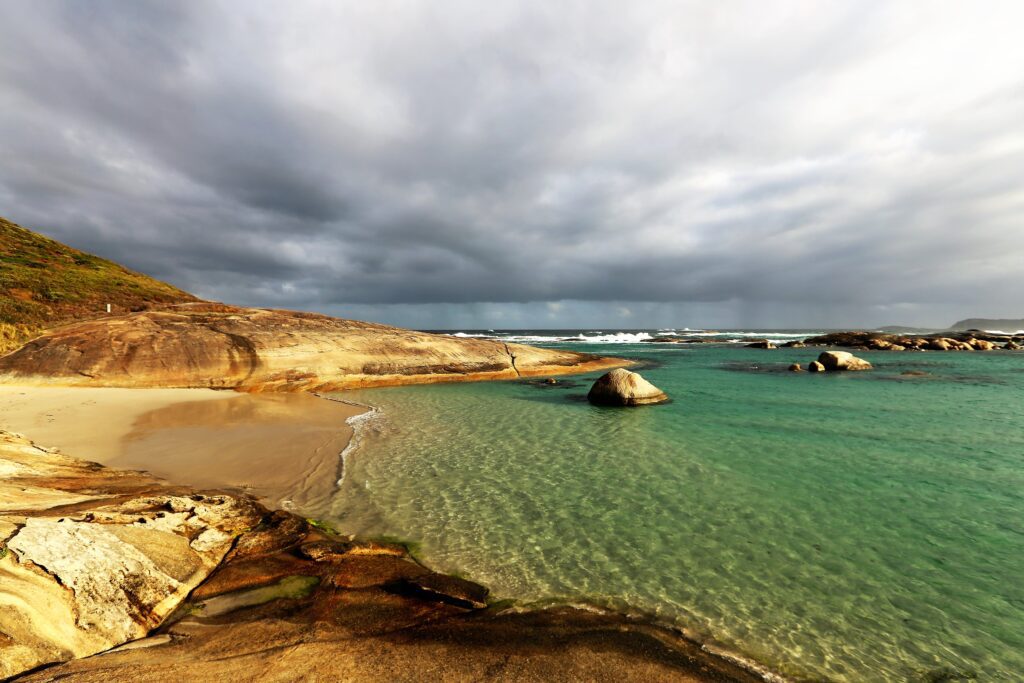
Greens Pool…too beautiful to be believed
ANZAC Day commemorates Albany’s wartime role and presents a patriotic reason to further explore Western Australia’s Great Southern region.
The approach into Western Australia’s Great Southern region features weathered scrub bordered by the rugged peaks of the distant Stirling Ranges. It’s an idyllic scene, unchanged for more a million years. But over a century ago, peace was cruelly broken by the dramatic departure of Australian troops for Europe.
On 1 November 1914, the first convoy of Australian and New Zealand troops sailed from Albany to fight in the first World War. There were more than 40,000 men and 17,000 horses on 54 ships in two convoys, with the ships carrying up to four times as many men as they were originally built to transport. Many of the soldiers on-board would never return to Australia.
Today there is little sign of turmoil as holiday-makers flock to Western Australia’s Great Southern for adventure, culture, food, wine and relaxation. History is never forgotten though. To mark the anniversary, many make the four-hour journey south of Perth to honour ANZAC day with a driving holiday throughout the region.

Albany and the ANZACs
Our wartime heroes are remembered on ANZAC Day, 25 April when Albany honours their sacrifice and victory with ANZAC events, which include dawn and main service, events, afterall, Albany is the site of Australia’s first dawn service conducted by Padre White. If you’re in town, a visit to the National ANZAC Centre is a must. The state-of-the-art museum allows visitors to travel alongside the troops to Egypt, Gallipoli and the Western Front while interacting with touch-points and digital displays and a live web interface for the public to contribute their own stories.
WA’s Great Southern’s attractions
While the ANZACs may be the main focus, the Great Southern Region also has a fascinating social and indigenous history of its own. On your way to or from Albany take a sidetrip to Kodja Place visitor and cultural centre in Kojonup, 150km north of Albany, and experience “The Real Australian Story” with its poignant exhibitions, stories and artworks depicting the life of WA’s settlers, Indigenous community and migrants. In the heart of farming country, and home to vineyards and olive groves, the town also has some of the state’s oldest buildings.
Any journey to the Great Southern Region must also include a visit to the Great Southern Triangle. The peak of the triangle is Mount Barker, which extends south-west to Denmark and south to Albany. A renowned wine district, the triangle is famous for its Riesling, Chardonnay and Shiraz varieties. If you only have time for one make it Oranje Tractor Wines for their organic wines and delicious platters featuring ingredients freshly plucked from the gardens. Basing yourself at the Hilton Garden Inn Albany is ideal for explorations and click here for more information.
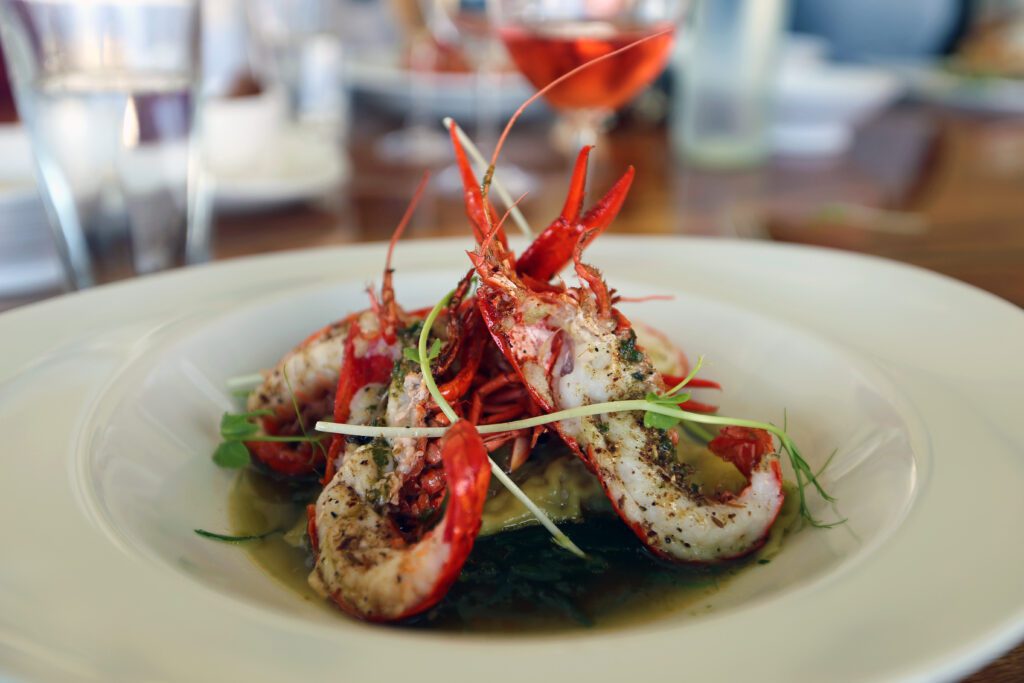
The region is famed for succulent yabbies
If in town over a weekend, sample the region’s sweet marron, organic meats and cheeses at the Albany Farmer’s Markets (Saturdays) and Albany Boatshed Markets (Sundays). For more gourmet adventures in the region, please check out A Gourmet Road Trip from Albany to Denmark.
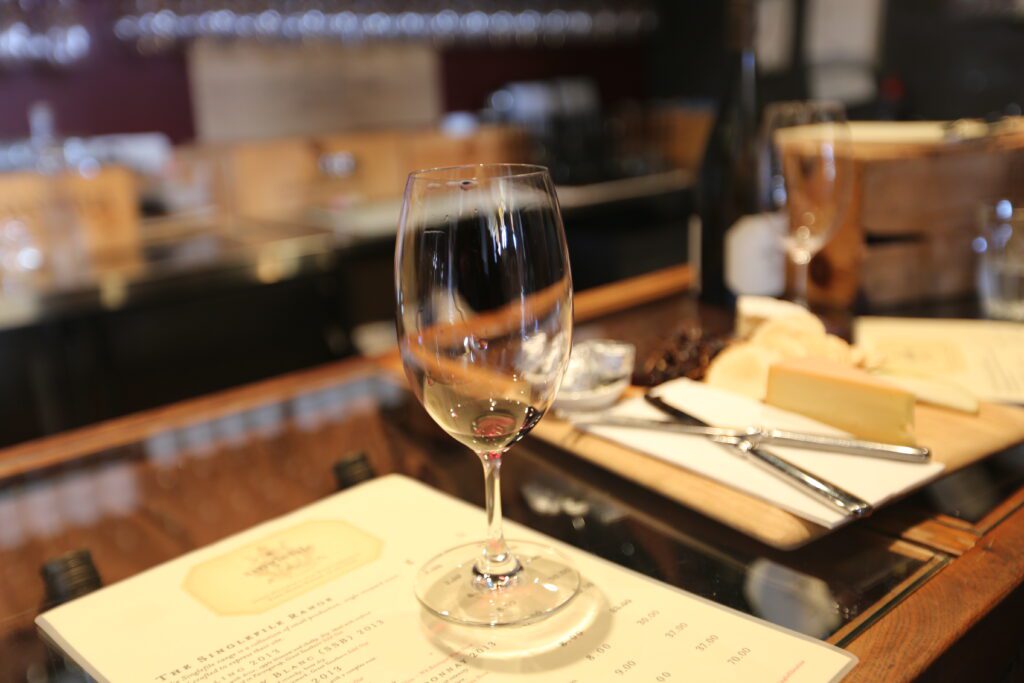
WA’s Great Southern’s natural beauty
Bushwalking and nature-loving enthusiasts will be drawn to the Porongurup National Park and Stirling Ranges (the only place to receive snowfall in the state) best reached from either Mt Barker or Kendenup (north of Mt Barker). Both mountain ranges have charming villages for petrol and food stops as well as galleries, accommodation and general stores.
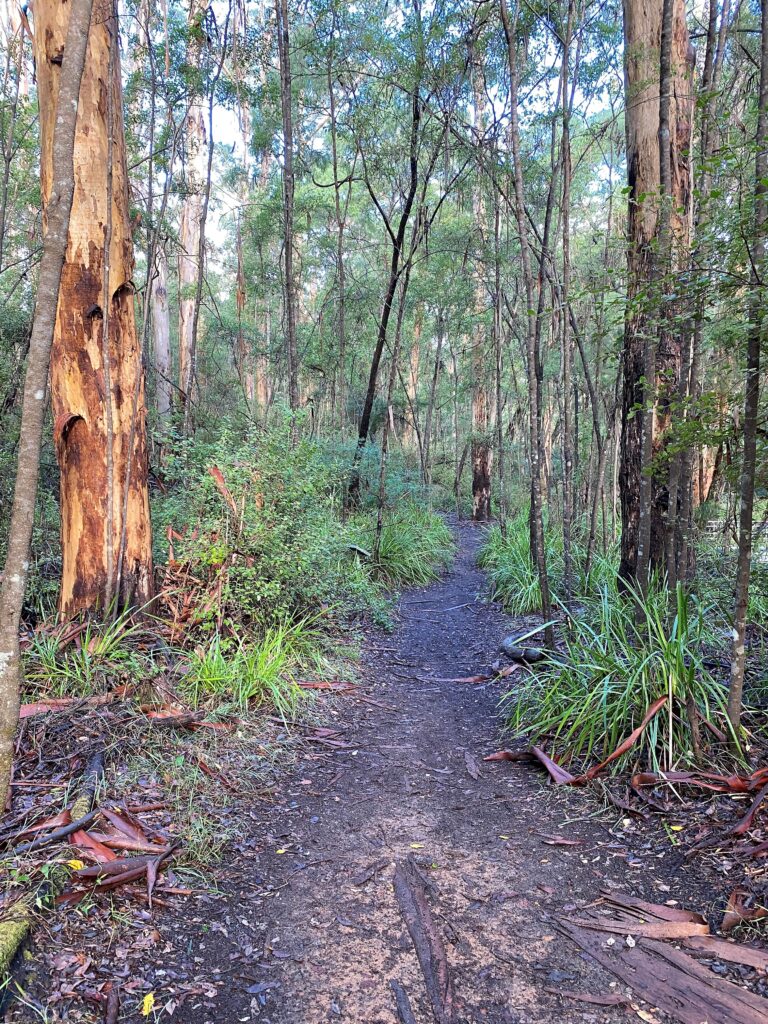
The South Coast Highway heading towards Denmark and its sky-scraping karri forests feature untouched landscapes and a breathtaking coast. Follow the signs to Scotsdale Road and Mt Shadforth’s scenic drives. Wilson Inlet, Nullaki Peninsula and the Southern Ocean draw photographers attempting to capture this extraordinary natural environment.
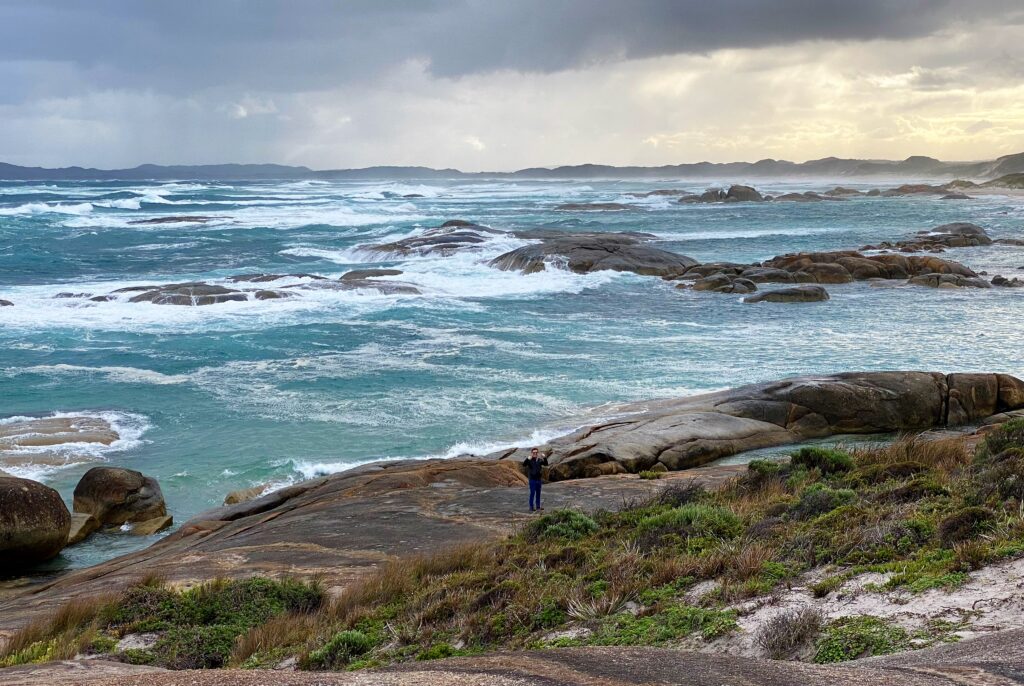
The wild Great Southern Ocean
Stand at WA’s most southerly point in West Cape Howe National Park before heading to William Bay National Park for the stunning Greens Pool and Elephant Rock. If staying in Denmark, the eco-certified Karma Chalets, the self-contained Pelicans at Denmark or hexagonal The Combe with unsurpassed views over Wilson inlet are all good options.

In and around Albany
Mt Clarence and the Princess Royal Fortress, built in 1893 as the first federal defence of Australia, is Albany’s highest point and affords a stunning view of the Sound. If you walk the gum-tree-lined Avenue of Honour on Apex Drive to the top of Mt Clarence, you’ll find the Desert Mounted Corps Memorial, which is a replica of the statue erected at Suez in 1932. Overlooking the Ataturk Channel, named in honour of ANZAC Cove in Gallipoli, stands a statue of Mustafa Kamal, A steel walkway leads up to where Rector Padre White stood in 1930 and held the first-ever observance of a dawn parade on Anzac Day.
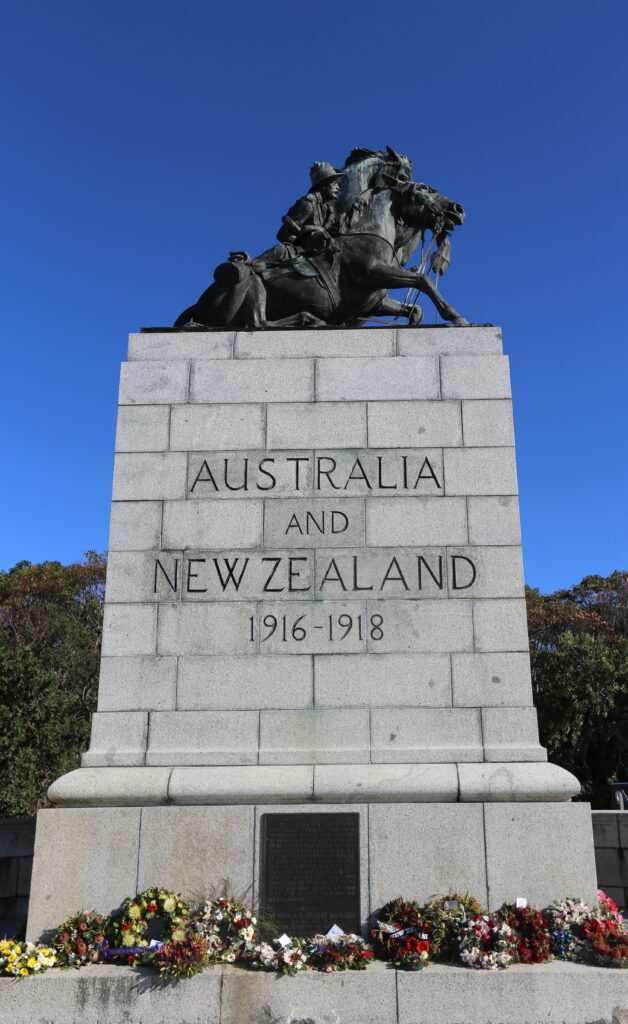
Home to WA’s first European settlement, the protected waters of King George Sound are a wonderful place to explore both land and sea. On the southern coast of King George Sound, the site of the decommissioned Cheynes Beach Whaling Station, now named Discovery Bay, includes a museum highlighting Western Australia’s dark whaling history.
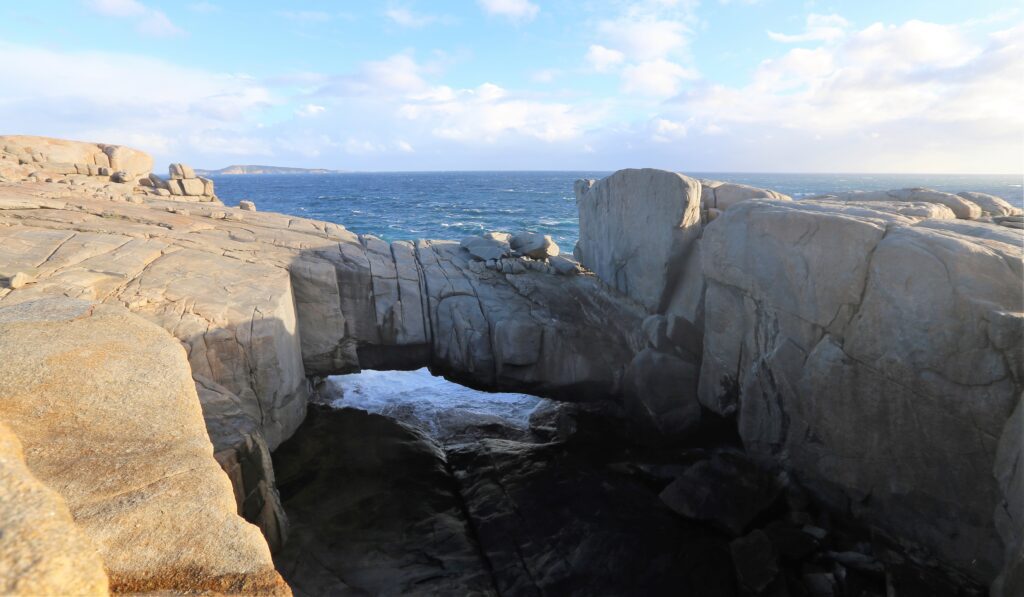
Natural Bridge and The Gap
At Torndirrup National Park, the power of the Southern Ocean is on display. The Gap and Natural Bridge are spectacular natural rock formations carved by the surging water. Pay particular attention to your safety as the 300-metre climb across the walkway over the rocks can be slippery with the spray from the surging and unpredictable waves.
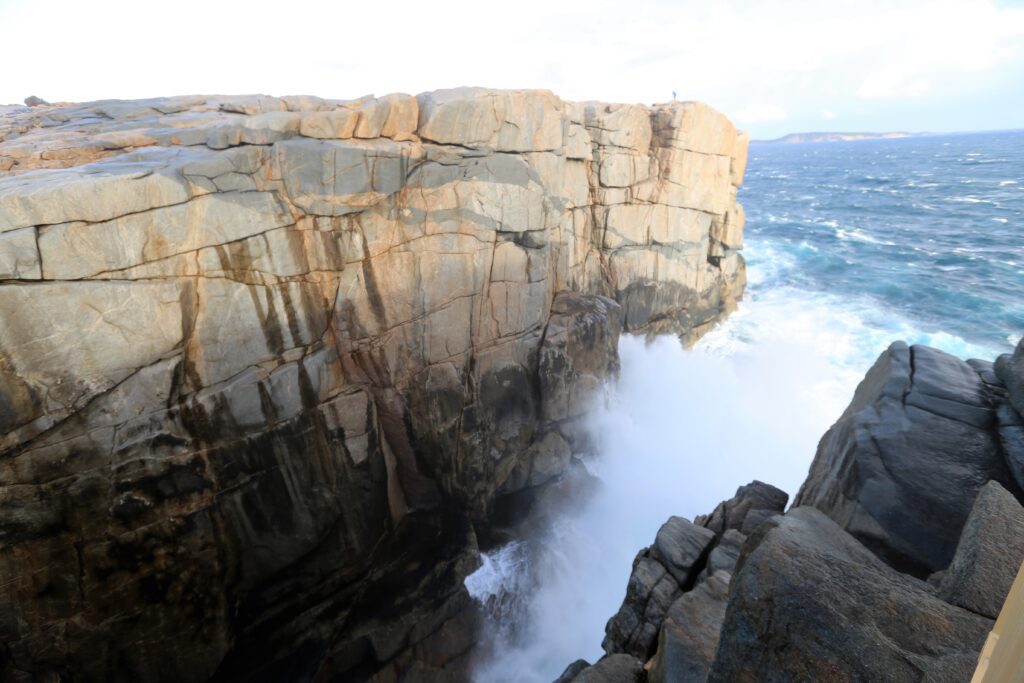
Albany offers numerous accommodation options including the Dog Rock Motel, attached to one of the town’s finest restaurants Lime 303, or the cosy Beach House at Bayside and their hearty breakfasts and warm hospitality.

King George Sound
Towards Hopetoun
Heading east out of Albany towards Hopetoun, the remote and beautiful Great South West Edge region offers views of stunning coastal headlands, pretty inlets, mountains, valleys and wildflowers. Past Hopetoun towards Bremer Bay the Fitzgerald River National Park spans over 330,000 hectares and is home to over 1,800 plant species and wildlife. The opportunities are endless for photography, bushwalking, sand-dunning, canoeing, fishing and camping. Snorkel at Barrens Beach, whale-watch from Point Ann or go house-boating on the Hamersley Inlet. For impressive seascape and mountains views, hike up to Beacon Hill or look out to the Fitzgerald River National Park and Hamersley Inlet from Sepucralis Hill Lookout.
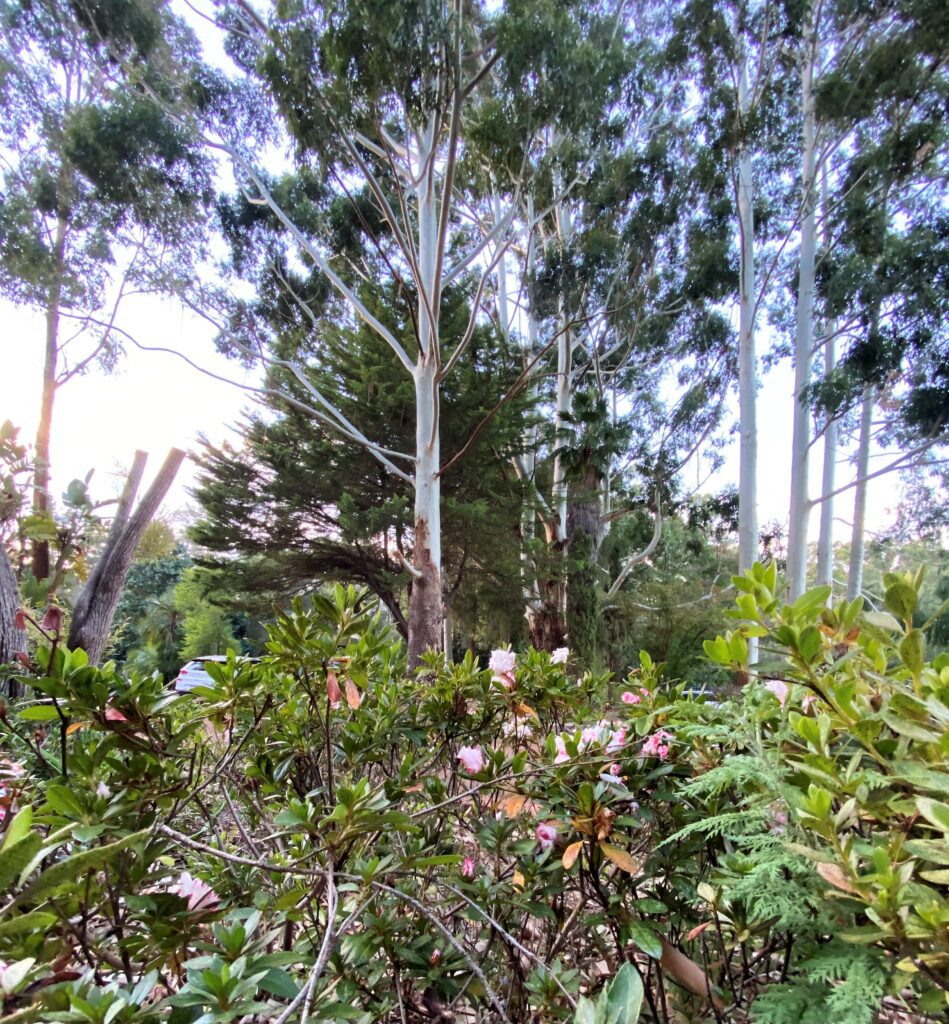
Not only is this pocket of the state’s expansive and dramatic landscape adorned with nature, adventure, culture, food and wine galore, but the land is steeped in history.
Few destinations offer such diversity and the Great Southern region of Western Australia makes for a glorious driving holiday.

Fast facts
Where: Denmark to Hopetoun lies within the Great Southern region and is best reached via the Albany Hwy, 360km south of Perth.
When: Summer temperatures reach 32 degrees and winters drop below 10 degrees. The wildflower season runs from August to November from Mt Barker all the way down to the coast from Walpole to Bremer Bay. May to early October is peak whale-watching season.
Distance: Denmark to Hopetoun is 389km; Perth to Denmark is 420km via Albany Hwy; Perth to Albany is 414km; and Perth to Hopetoun is 589km. The region can be enjoyed over a weekend, but there’s ample to do over several days, weeks or even months.
Don’t miss:
Cosy Corner Beach in Torbay (north of West Cape Howe National Park) or Ledge Bay Beach in the Gull Rock National Park (25km east of Albany) if you yearn for a stretch of coastline to yourself.
Originally published in Horizons RAC Magazine.
For more of Western Australia’s Great Southern adventures check out A gourmet road trip from Albany to Denmark, The Best of Western Australia’s Frankland River and 8 reasons to follow WA’s Public Silo Trail.





